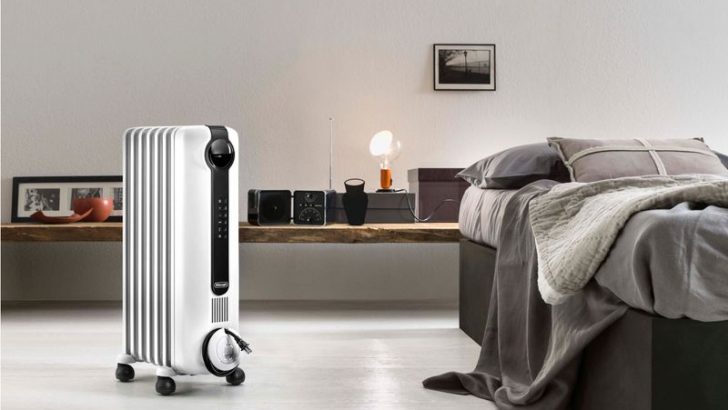Energy efficiency is a growing concern in today’s world. Many household items, often unnoticed, contribute significantly to rising energy bills. By understanding these energy-consuming culprits, you can make informed decisions to curb your electricity costs and promote a more sustainable lifestyle. Let’s explore the household items that might be driving your energy bill up.
1. Refrigerator

The refrigerator, a kitchen staple, works tirelessly day and night. Constantly running to maintain a cool temperature, it can be one of the biggest energy consumers in your home. Did you ever wonder why older models seem to crank up the electricity bill? Newer models are designed to be more energy-efficient, but their constant hum still contributes significantly to your monthly costs.
Consider periodic maintenance checks. Make sure the door seals are tight, and the coils are clean. A small investment in time can lead to noticeable savings on your energy bill over time.
2. Air Conditioner
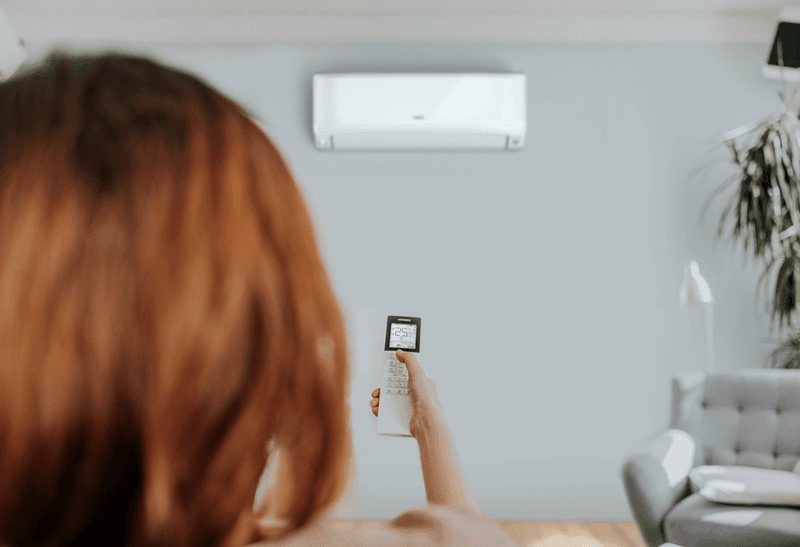
On a sweltering summer day, nothing feels better than a chilled room. However, air conditioners can secretly siphon energy, especially if not properly maintained. The older your unit, the more it guzzles electricity to maintain that perfect 72 degrees Fahrenheit.
Ensure your filters are clean, and consider programmable thermostats to control usage. Reducing its operation by even a degree or two can lead to substantial savings. Remember, a well-maintained unit not only cools better but also runs more efficiently, keeping your costs at bay.
3. Water Heater
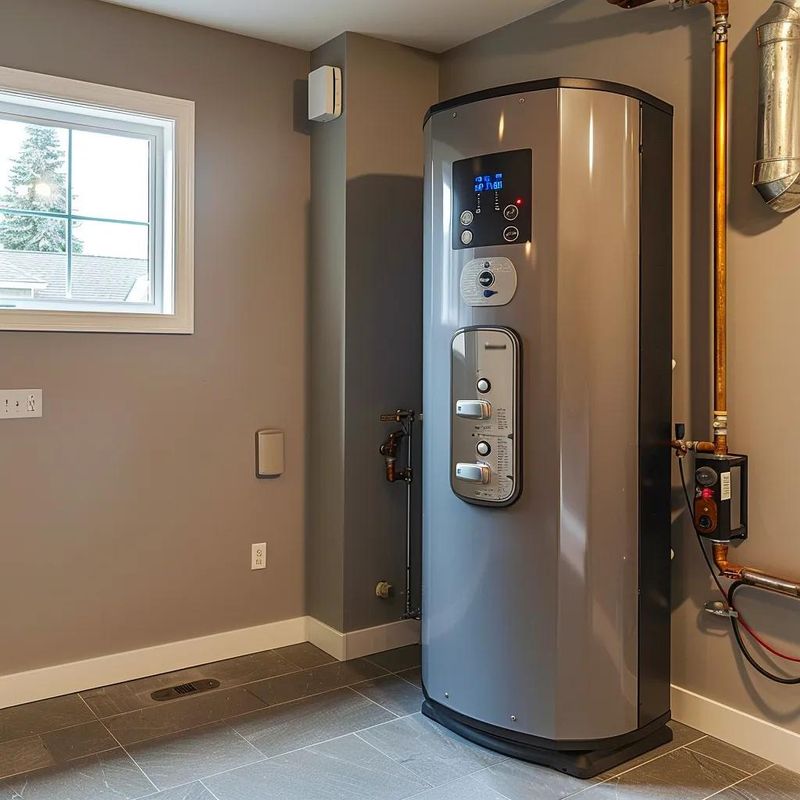
A hot shower is a morning delight, but your water heater might be the silent contributor to those rising energy costs. Traditional heaters work continuously to keep water at the desired temperature, leading to increased utility bills.
Switching to a tankless or solar water heater can significantly reduce expenses. For those sticking with traditional models, lowering the thermostat by just a few degrees or using insulated jackets can save energy. A little adjustment can make a big difference in your monthly expenses.
4. Clothes Dryer
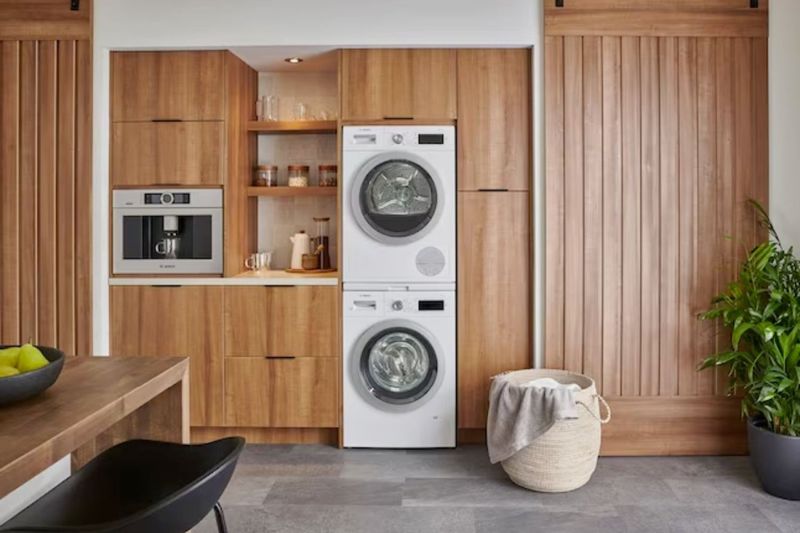
The clothes dryer, an emblem of convenience, often operates unnoticed. Its high energy consumption can be a shock to your wallet. Efficient dryers have become more common, yet frequent use is where the costs pile up.
Consider drying clothes on a line or using dryer balls to decrease drying time. Regularly cleaning the lint filter and ensuring proper ventilation can also optimize its performance. Small changes can lead to big savings, and conscious drying habits make a considerable difference.
5. Dishwasher
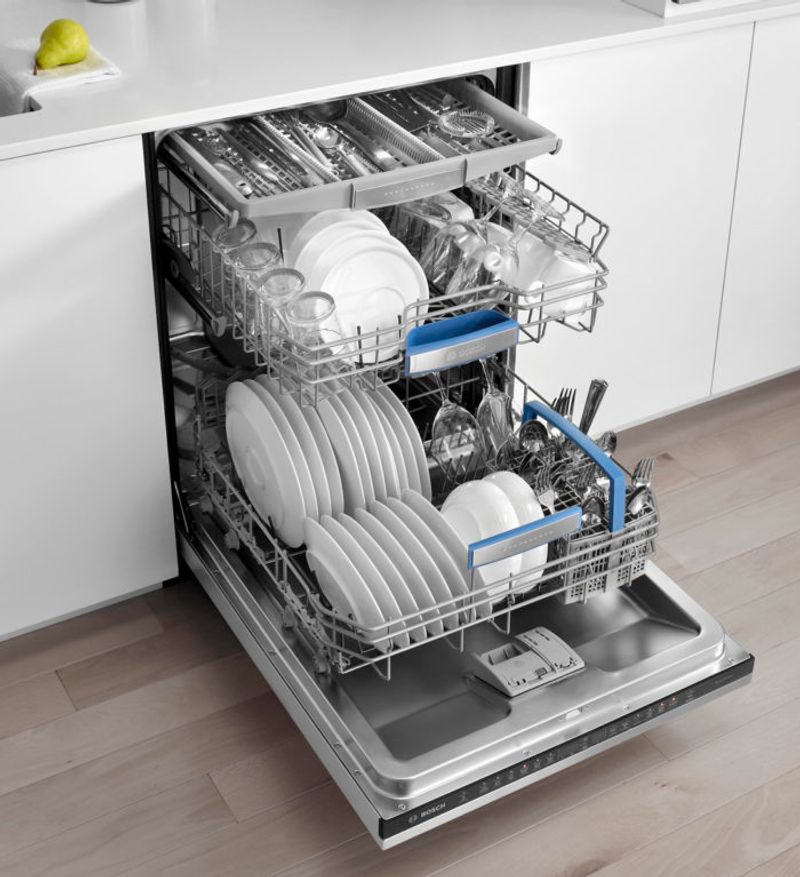
After a hearty meal, the dishwasher offers a convenient cleaning solution. However, its energy usage adds up, especially if running half-empty or on high-temperature settings. It’s a luxury, but with adjustments, it can be economical.
Opt for energy-saving settings and only run full loads to minimize consumption. Pre-rinsing dishes can also reduce the machine’s workload. Energy-efficient models are worth considering if replacements are needed. Each cycle saved is reflected in your energy bill.
6. Television

In the age of binge-watching, the television has become a household centerpiece. Yet, many overlook its impact on energy consumption. Larger screens and high-definition settings can draw more power than anticipated.
Switching off the TV when not in use and adjusting brightness settings can lead to savings. Consider investing in energy star-rated models. Remember, your favorite shows will still be there, even with a more efficient screen.
7. Computer
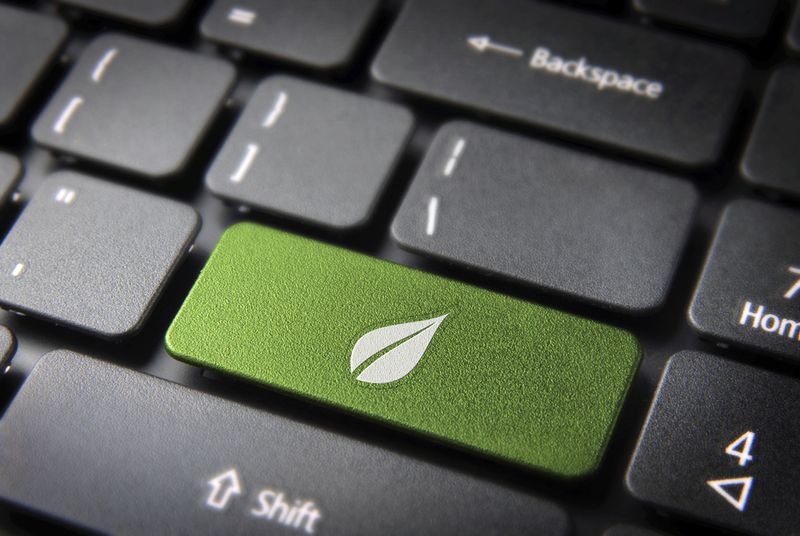
As remote work and digital entertainment rise, computers remain on for longer periods, contributing heavily to energy bills. This tech necessity can be optimized for efficiency.
Turning off the monitor when idle and using sleep modes can significantly cut energy use. Laptops generally consume less power than desktops, so consider them for personal tasks. Energy-efficient practices not only save money but also extend the lifespan of your devices.
8. Lighting
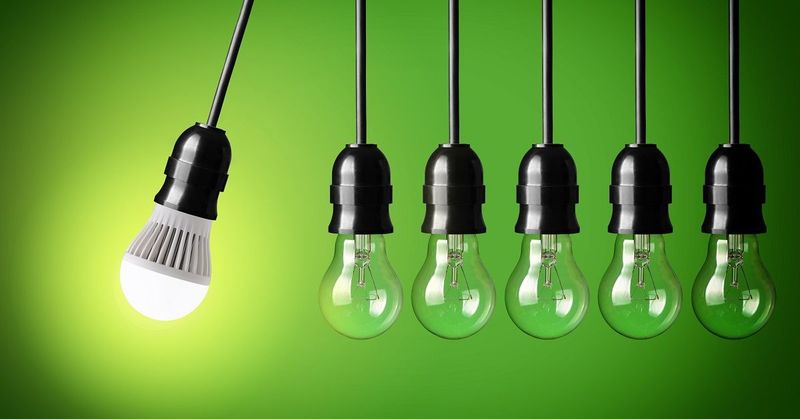
Lighting, often underestimated, plays a crucial role in energy consumption. Traditional incandescent bulbs are notorious energy hogs. Switching to LED or CFL bulbs can reduce electricity usage dramatically.
Utilize natural light during the day and install dimmer switches to adjust brightness as needed. Strategic lighting not only reduces costs but also enhances ambiance. Every bulb changed is a step toward lower energy bills and a brighter future.
9. Oven
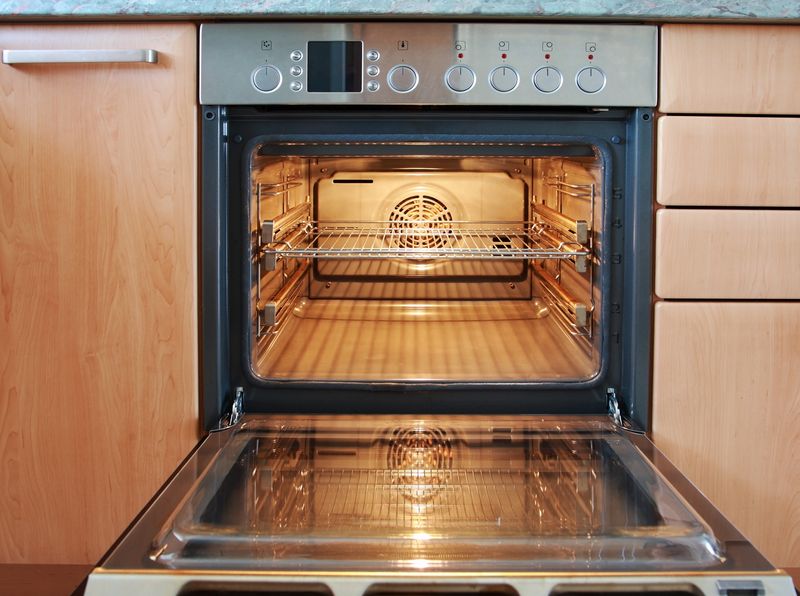
Baking and roasting are culinary joys, but ovens can be hefty energy consumers. Electric ovens, in particular, can increase energy usage, especially if preheated frequently or used for long periods.
Consider using convection settings, which cook food faster and at lower temperatures. Regular cleaning and maintenance ensure efficient operation. By timing your cooking activities wisely, you can save both energy and time.
10. Microwave
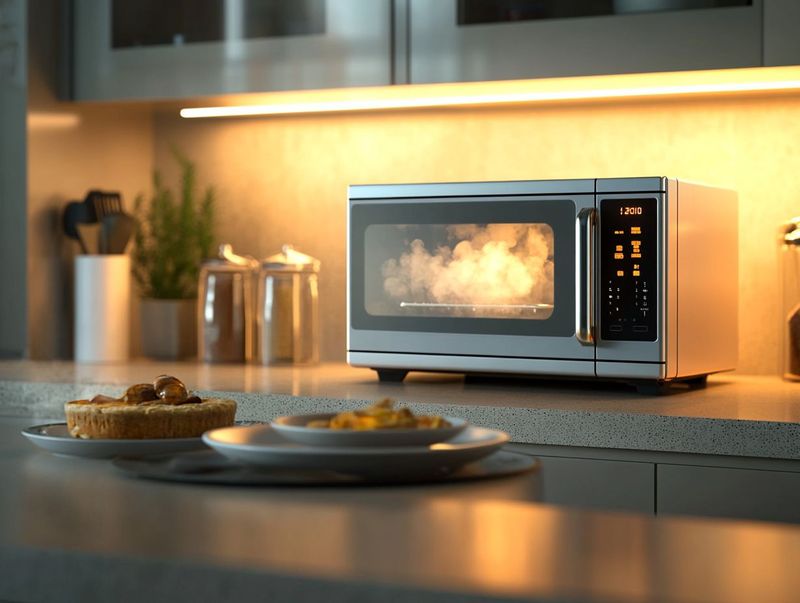
Microwaves offer quick meal preparations, yet their frequent use can add up. While generally more energy-efficient than ovens, prolonged use can still impact your bill.
Opt for shorter cooking times or use appliance settings wisely. Defrosting in the fridge beforehand reduces microwave time. Every mindful minute spent with this appliance contributes to energy savings.
11. Electric Kettle

The electric kettle, beloved by tea enthusiasts, is a swift energy consumer. Boiling more water than needed increases energy consumption unnecessarily.
Fill only what you need, and consider using a stovetop kettle for larger volumes. Upgrading to energy-efficient models can further reduce costs. Small tweaks make a big difference, especially for avid tea drinkers.
12. Heater
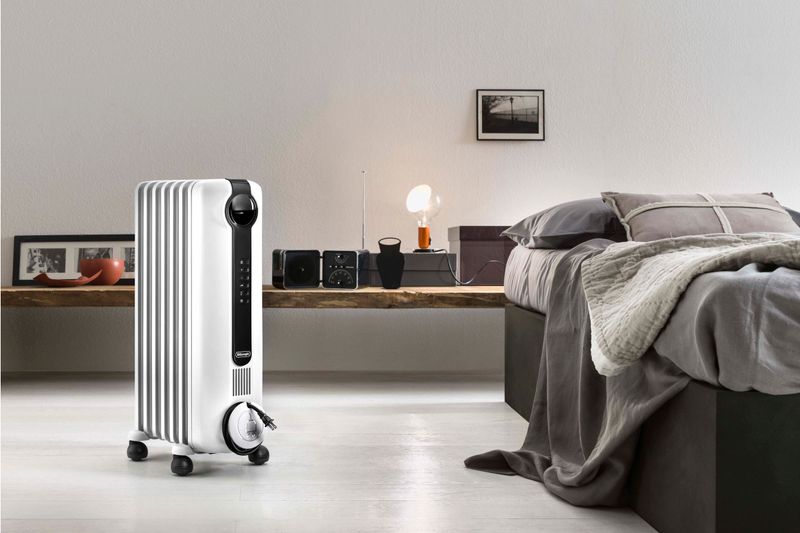
As temperatures drop, heaters become essential for comfort. However, their energy consumption can skyrocket if used inefficiently. Space heaters, in particular, are known for their high energy demands.
Use programmable thermostats to control heating times and maintain moderate temperatures. Regular maintenance and insulation improvements can amplify efficiency. A warm home doesn’t have to mean a high bill.

